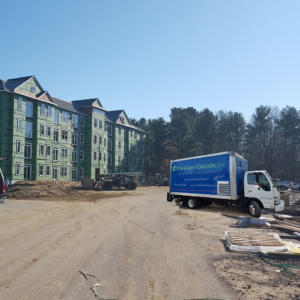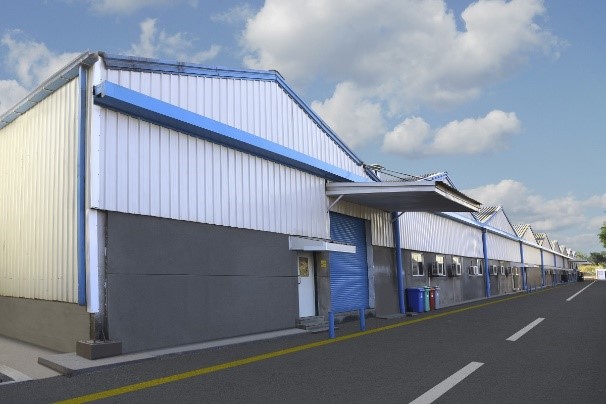To foam or not to foam. Why you might choose to use spray foam inside a metal building even though the interior is not heated or cooled.
One of our frequently asked questions is whether there is a benefit to spraying two or three inches of foam on the inside of a metal building, even though it is not going to be heated or cooled. The answer may surprise you.
Savings or Comfort?
Are you looking for savings or comfort? If a metal building is going to be air-conditioned (cooled) or heated, then we expect the building to be insulated. It is our job to help you save money by offering the best insulation possible. However, sometimes savings is not the key reason that you decide to buy spray foam insulation. Sometimes, it all comes down to comfort.

Baby It’s Hot in Here!
If the temperature outside is 100°F, then the outside skin of your metal building is going to be around 150°F. It won’t take long before the radiant heat from the metal skin radiates to the inside of the building.
Insulate with Spray Foam!
If you have high traffic in your building, or you plan to leave the doors open to allow large equipment to be moved, you may opt to not condition the structure. You may think it is a waste of time. But when you insulate the building on the inside, especially with spray foam, you create a radiant barrier— a barrier between the heat source and your living space.
In the south, for example, the inside temperature will remain around 100°F during the hottest part of the day, even after the sun goes down. The temperature will be pretty close to the outside roof deck. If you didn’t have that radiant break on the inside walls and underside of the roof deck, the radiant heat would come off of the metal and heat the space. Thus, you would get a hotter environment inside than the temperature outside because of the radiant load coming off of the roof deck.
You see this happen a lot inside attics, metal buildings, workshops, etc., where you don’t get consistent conditioning. If you have a radiant load that is building up and a surface that gets really hot, then it radiates some of that energy to the air inside the space.
If you have insulation questions, check out our Frequently Asked Questions page or contact us. We would be happy to help you!

